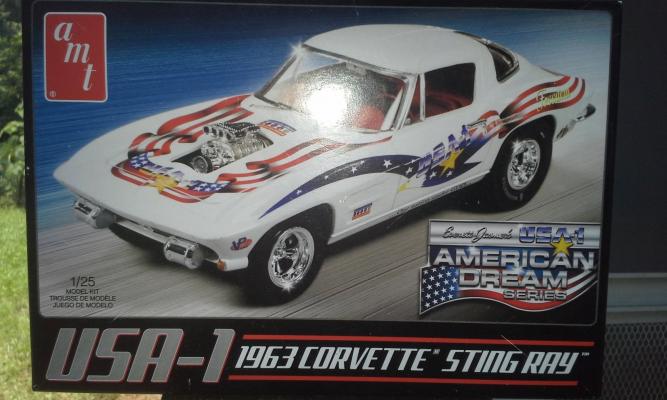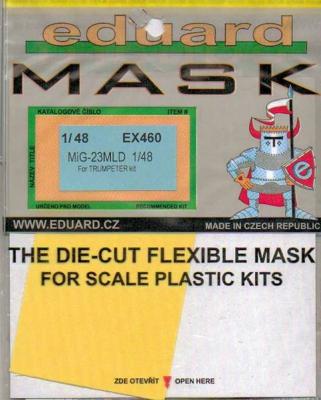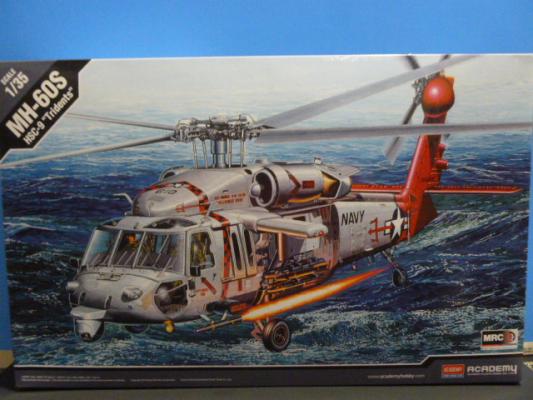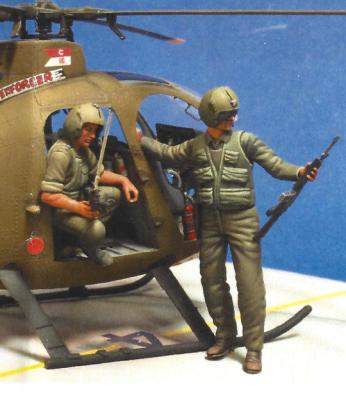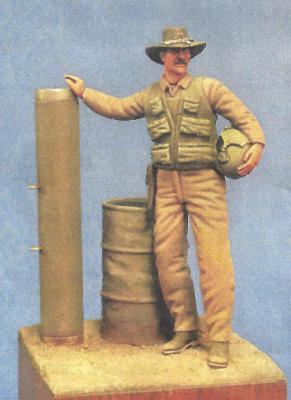I was excited for the opportunity to build a truly wonderful American classic. In 1963 the Corvette had a base price of just under $4400. dollars and came in right under $5,000. for the fully loaded sport coupe . This model is one of the best offerings that will be coming out this year in my humble opinion . The car comes with all the accessories to build three different 327 c.i. power plants ! It comes with two engine blocks and parts to assemble three different versions of the famed motor. One , of course is the factory stock version , one is the custom one with a blower assembly and the other option is a fuel injected motor. The kit also gives you three hoods complete with the cutouts already completed on two of them . So trying to cut one out on my own is eliminated. That is very good news for some of us , namely me . And the third hood is for the factory edition . I chose to build the stock version of the car .
Welcome to the IPMS/USA Reviews site!
Introduction: The primary organization of the IPMS/USA Review website is by IPMS/USA National Contest Class. Within each Class there are sub-menus by kits, decals, books, etc. The Miscellaneous Class is for items that are not class specific or that cross two or more classes.
IPMS/USA Members: We encourage you to submit reviews, both here and to the Journal. To volunteer for membership in the IPMS/USA "Reviewers Corps" and submit your own reviews, please read the Guidelines For Submitting Product Reviews.
Manufacturers, publishers, and other industry members: IPMS/USA is pleased to offer your company the opportunity for product reviews. All product reviews are performed by IPMS/USA members, and are posted in the publicly-accessible section of our website. With very few exceptions, we perform full build reviews of new kit releases, aftermarket products, and supplies. If you would care to provide product samples for review, please contact John Noack, IPMS/USA 1st VP.
To learn more about IPMS/USA, please see our About Us page.
I hate masking canopies, but nothing detracts from a good looking model like a poorly painted canopy. The easiest way to do it right is with canopy masks specifically designed for the kit.
The latest offering from Eduard is for the Trumpeter MiG-23MLD. This set provides masks for not only the canopy but the wheels. The canopy masks provide both the outline for the rear portion of the canopy and whole masks for the front of the canopy sections.
All the wheels are provided with masks. There Heads Up Display has two masks for it as well.
This set is very complete and for the price I can save myself lots of headaches and time. These are a great accessory for your kit. If you haven’t tried them you really owe it to yourself to give it a go.
Highly recommended
Short History
The Navy replaced the Ch-46 Sea Knight with the CH-60 which was later redesignated the MH-60S in February 2001 to reflect its planned multi-mission use. The MH-60S is based on the UH-60 and has many naval SH-60 features. Unlike all other Navy H-60s, the MH-60S is not based on the original S-70B/SH-60B platform with its forward-mounted twin tail-gear and single starboard sliding cabin door. Instead, the S-model is a hybrid, featuring the main fuselage of the S-70A/UH-60, with large sliding doors on both sides of the cabin, a single aft-mounted tail wheel, and the engines, drivetrain and rotors of the S-70B/SH-60.
History
In the early 1960s, the US Army’s Howze Board recommended testing new forms of mobility to make the soldier “free from the tyranny of terrain.” The result was the 11th Air Assault Division, to be rechristened the First Cavalry Division (Airmobile) and sent to Vietnam in 1965. Rather than moving to combat by truck or by foot march, as in wars past, the Cav rode in helicopters, lots of helicopters. Those many choppers, from OH-13s and OH-6s to CH-47s and UH-1s needed crew members and door gunners. This figure represents one of those aviators.
History
In the early 1960s, the US Army’s Howze Board recommended testing new forms of mobility to make the soldier “free from the tyranny of terrain.” The result was the 11th Air Assault Division, to be rechristened the First Cavalry Division (Airmobile) and sent to Vietnam in 1965. One of the elements of the airmobile division was the Air Cav -- 1st Squadron (Air), 9th Cavalry, whose personnel paid tribute to their heritage by wearing black Stetson cavalry hats. Instead of horses or half tracks, the squadron used helicopters to scout for and fight the enemy. This figure represents one of those aviators.











